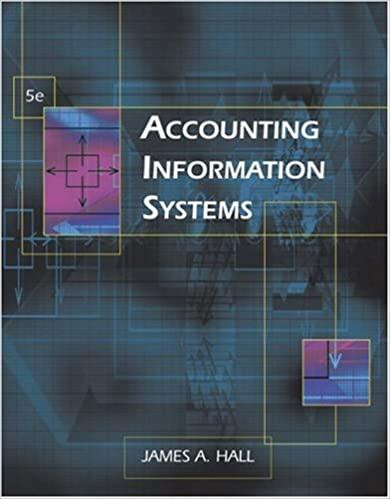Question
Use the following data for Super Cool Auto Manufacturer, Inc. (Nasdaq: SCAM) to answer the following questions 1-10. SCAM: Balance Sheet as of December 31,
Use the following data for Super Cool Auto Manufacturer, Inc. (Nasdaq: SCAM) to answer the following questions 1-10.
| SCAM: Balance Sheet as of December 31, 20XX ($ Millions, except for the number of shares) | ||||
| Cash | $200 |
| Accounts payable | $150 |
| Account receivables | 400 |
| Note payable | 200 |
| Inventories | 600 |
| Other current liabilities | 250 |
| Total current assets | $1,200 |
| Total current liabilities | $600 |
| Net fixed assets | 2,800 |
| Long-term debt | 1,000 |
|
|
|
| Total liabilities | $1,600 |
|
|
|
| Common stock | 1,000 |
|
|
|
| (100,000,000 shares) |
|
|
|
|
| Retained earnings | 1,400 |
|
|
|
| Total common equity | $2,400 |
| Total assets | $4,000 |
| Total liabilities and equity | $4,000 |
| SCAM: Income Statement for Year Ended December 31, 20XX ($ Millions, except for per share data) | ||||
| Sales |
| $5,500 |
| |
| Cost of goods sold |
| 3,200 |
| |
| Selling, general, and administrative expenses |
| 1,600 |
| |
| Earnings before interest and taxes (EBIT) |
| $700 |
| |
| Interest expense |
| 100 |
| |
| Earnings before taxes (EBT) |
| $600 |
| |
| Federal and state income taxes (25%) |
| 150 |
| |
| Net income |
| $450 |
| |
|
|
|
|
| |
| Other information |
| |||
| Common stock price per share | $45.00 |
|
| |
| Expected growth rate of earnings | 8.0% |
|
| |
1. (a) What is the firms net profit margin? (b) How do you interpret the ratio? Choose the correct one. A. The higher, the better. B. The lower, the better.
2. (a) What is the firms return on equity (ROE)? (b) How do you interpret the ratio? Choose the correct one. A. The higher, the better. B. The lower, the better.
3. (a) What is the firms return on invested capital (ROIC)? (b) How do you interpret the ratio? Choose the correct one. A. The higher, the better. B. The lower, the better.
4. (a) What is the firms equity multiplier? (b) How do you interpret the ratio in general? Choose the correct one. A. The higher, the better. B. The lower, the better.
5. (a) What is the firms long-term debt to equity ratio? (b) How do you interpret the ratio in general? Choose the correct one. A. The higher, the better. B. The lower, the better.
6. (a) What is the firms interest coverage ratio? (b) How do you interpret the ratio? Choose the correct one. A. The higher, the better. B. The lower, the better.
7. (a) What is the firms quick ratio? (b) How do you interpret the ratio excluding extreme cases? Choose the correct one. A. The higher, the better. B. The lower, the better.
8. (a) What is the firms price-to-earnings (P/E) ratio? (b) How do you interpret the ratio? Choose the correct one. A. All else equal, potential investors would prefer lower P/E. B. All else equal, potential investors would prefer higher P/E.
9. (a) What is the firms PEG ratio? (b) How do you interpret the ratio? Choose the correct one. A. All else equal, potential investors would prefer lower PEG ratio. B. All else equal, potential investors would prefer higher PEG ratio.
10.(a) What is the firms price-to-book value (P/B) ratio? (b) How do you interpret the ratio? Choose the correct one. A. All else equal, potential investors would prefer lower P/B ratio. B. All else equal, potential investors would prefer higher P/B ratio.
Step by Step Solution
There are 3 Steps involved in it
Step: 1

Get Instant Access to Expert-Tailored Solutions
See step-by-step solutions with expert insights and AI powered tools for academic success
Step: 2

Step: 3

Ace Your Homework with AI
Get the answers you need in no time with our AI-driven, step-by-step assistance
Get Started


